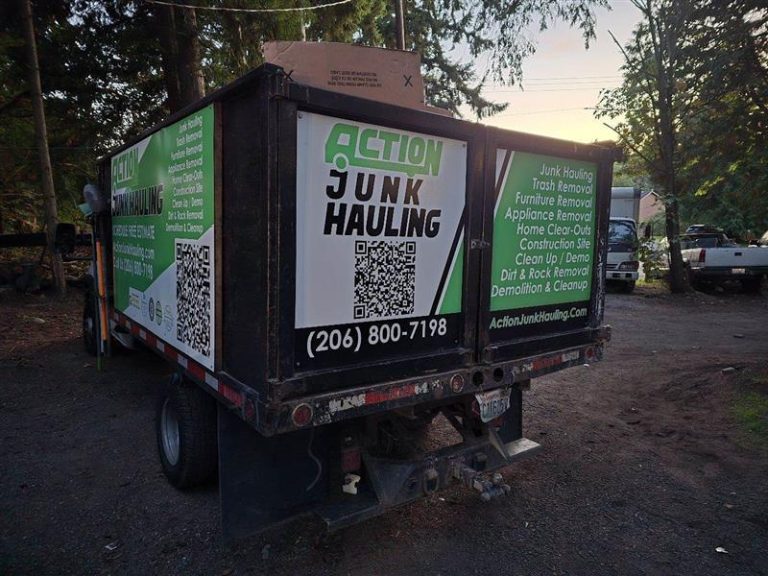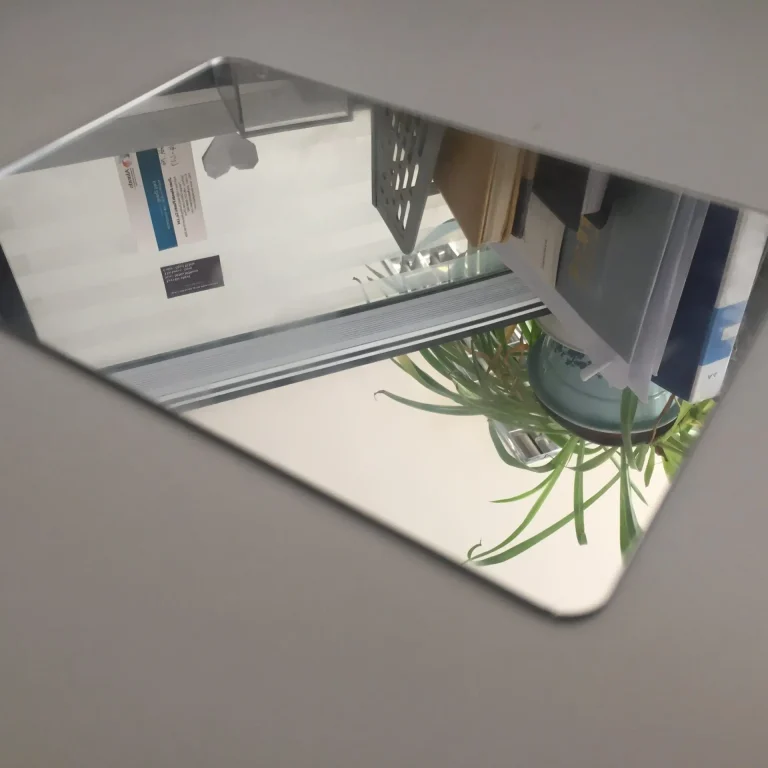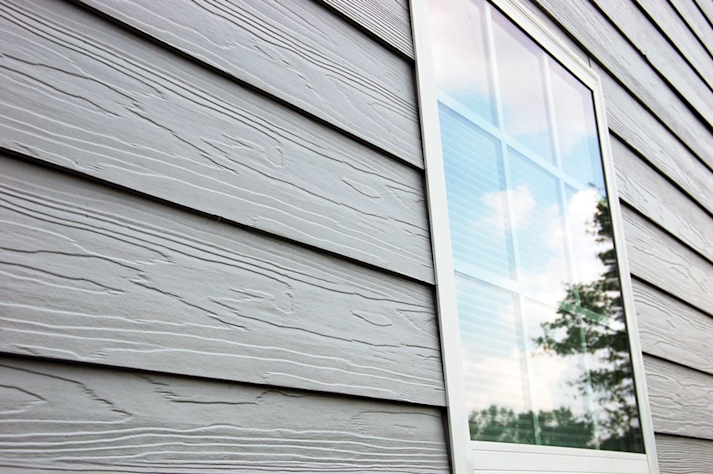Things You Should Know About Non-Metallic Pipes

Heavy-duty industrial players like renewable energy suppliers and geothermal service providers have always looked for better, cheaper, and more effective equipment solutions. The said industries have taken a step toward a more sustainable future with modern technology and rapid advancements.
Among various tools and equipment, non-metallic and glass reinforced plastic piping systems have already made a significant impact on energy companies. Their unmatchable strength, durability, and cost benefits are revamping oil production sites and energy plants across the globe.
But before you replace your unit’s dingy and under-performing metallic piping systems with non-metallic, AKA composite pipes or FRP pipes, there are some key things you must know about the latter.
In this detailed post, you will talk about non-metallic piping and more. So let’s get into the details right away.
What Are Non-Metallic Pipes?
As an oil and gas field ages, it becomes more vulnerable to corrosion. Gasses like methane, carbon dioxide, and hydrogen sulfide affect the internal and external parts of its piping system. That’s why companies must look for equipment that can improve their site’s functionality and safety regardless of its stage of development.
The latest ASME standards state that plastics, concrete, wood, and clay can be used for making non-metallic piping products for varying needs. However, polymer-based or fiberglass piping has surpassed the other types in terms of longevity, strength, and flexibility. They’re ideal for numerous applications ranging from plumbing to oil and gas supply.
Common Polymer or Fiberglass-Based Piping Materials
Here are the five main types of polymers used for making non-metallic pipes:
PVC
Short for Polyvinyl Chloride, PVC piping has several non-toxic and fluid-flow-enhancing capabilities with improved pressure-temperature resistance.
CPVC
CPVC pipes are similar to PVC pipes but possess higher temperature, moisture, impact, and pressure resistance.
HDP
High-Density polymer piping is ideal for heavy-duty applications such as drainage and industrial waste systems.
FRP/GRP Pipes
FRP and GRP stand for fiber-reinforced plastics and glass-reinforced plastics, respectively. Both products are essentially the same and made with a mix of polymer, fiber, and resin. These pipes are non-reactive, extremely smooth, and stable.

Non-metallic and polymer piping systems made of fiberglass have proven as the best solution to the oil and gas industry’s pressing challenges. Made of different polymers and fibers, non-metallic pipes exhibit superior performance in the oil and gas, geothermal, water supply, and other energy fields.
The Objectives for Installing Non-Metallic Piping Systems
There are four key objectives you must keep in mind when opting for a composite piping system for your plant or production facility:
1. Eliminate
Corrosion costs the global energy sector more than $2.5 trillion every year. Non-metallic pipes offer high resistance against corrosion and moisture damage. They help eliminate the costs associated with repetitive maintenance and improve piping quality, resilience, and durability.
2. Generate
Non-metallic piping systems generate higher revenue by increasing production and reducing downtime.

3. Maximize
Studies have shown that composite or non-metallic pipes have better flexibility coefficient and u-bending rate. This helps maximize your pipeline’s ability to withstand natural land sliding and swamp pressure.
4. Avoid
Spills, equipment downtime, and environment-led damage are a production facility manager’s worst nightmares. Non-metallic pipes can be easily integrated into oil and gas, water, coal, and even geothermal plants for more flexible ground movement and product spill prevention.
Advanced Standards for Non-Metallic Piping
You may often confuse non-metallic pipes as complete plastic piping systems, but that’s not the case. According to the Petroleum Refinery Piping Code (ANSI B 31.3.), the amount of plastic in non-metallic pipes must be no more than 10 kg/cm2 and above 80 degrees.
All the forms of non-metallic pipes are manufactured following this guideline, and manufacturers ensure that their client’s requirements also conform to them. The code is further broken into specified limitations for upstream and downstream control valve pipes. Non-metallic pipes must not contain any kind of solid non-metallic flanges to prevent risks as per ANSI 16.5 code.
In addition to ANSI, the ASME is also focused on improving standards used for manufacturing non-metallic piping for energy and engineering markets.
Non-Metallic vs. Metallic Pipes
Non-metallic piping systems are more advanced than standard steel pipelines. They come with improved configuration and integration capabilities. Their structure can be optimized according to a plant’s additive systems. Non-metallic pipes are highly customizable. Users can get their pipes made with varying temperatures, densities, dimensions, permeability, and stiffness.

On the other side, steel or metallic pipes don’t offer this much room for improvement or customization. They’re built according to a fixed API standard. Their pressure resistance is relatively lower and generally cannot withstand bending loads and corrosion allowances.
Wondering Where to Buy Quality Non-Metallic Pipes for Your Industrial Plant? CNPS Can Help
CNPS is a highly-renowned and reliable OCTG goods, non-metallic pipes, surface logging equipment, and mud logging solutions company. The company caters to a global, far-reaching clientele and has helped numerous businesses achieve higher performance, compliance, and safety standards with its top-notch equipment.
You can set up a consultation with experts at CNPS to discuss your business’s unique needs. As a competent fiberglass pipe supplier, CNPS can help you find the best non-metallic piping system according to your production facility. Check out their fiberglass piping systems, glass-reinforced plastic pipes, and GRE casing solutions.
They also offer geology supplies and mud-logging solutions for surface logging service providers, along with other top-of-the-line products that comply with the latest ISO and API standards.
You can also request a free quote for their non-metallic solutions, alloy OCTG products, and composite pipes designed using the latest technologies to meet the rigorous demands of diverse industrial applications. The company has also made all the information available online to add convenience to the process.









